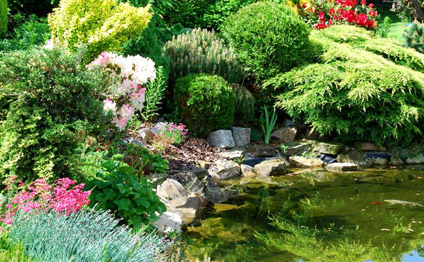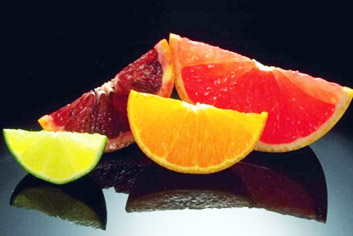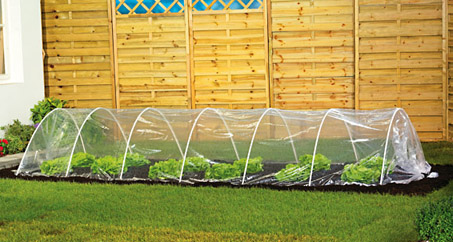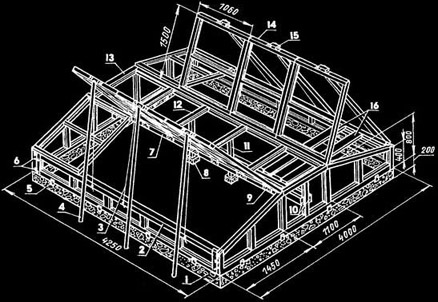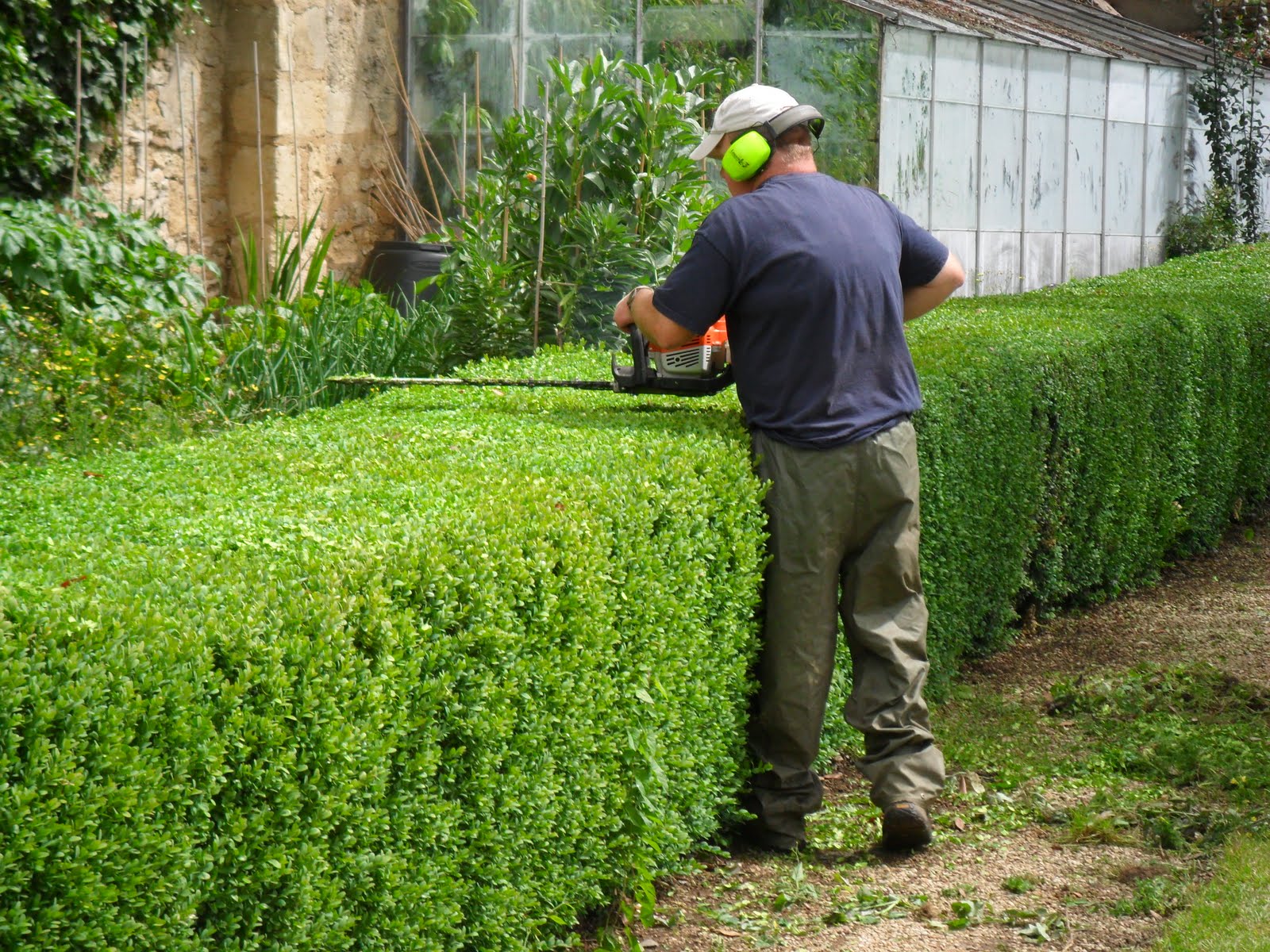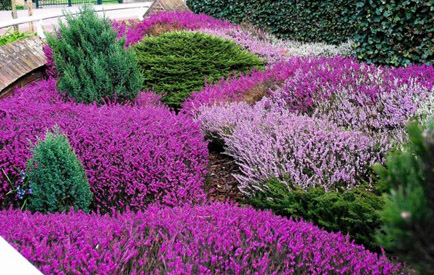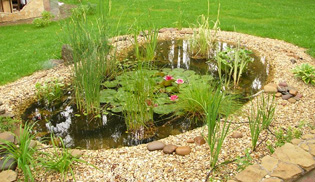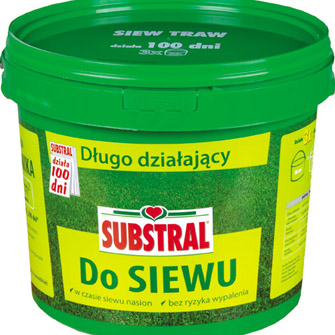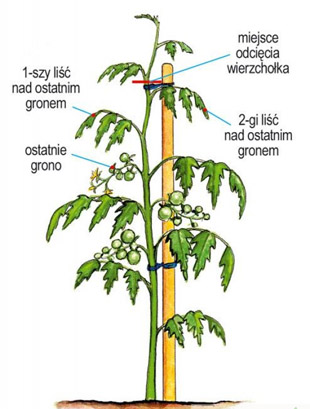 Dla niektórych gatunków konieczne są podpory, np. dla pomidorów wysoko-rosnących i fasoli tycznej. Stosowanie palików w uprawie pomidorów zapobiega płożeniu się roślin, brudzeniu się owoców oraz stykaniu ich i liści z ziemią, a tym samym chroni je przed chorobami. Najczęściej używane są paliki drewniane, ale można zrobić konstrukcję, jaką wykonuje się dla pomidorów szklarniowych. Na grubych palikach naciąga się poziomo mocne druty albo liny, a do nich mocuje pionowe druty lub sznurki, przy których będą prowadzone poszczególne rośliny. Rośliny prowadzi się na jeden pęd, rzadziej na dwa i ogławia na wysokości poprzecznego drutu. W ten sposób rośliny mogą osiągać wysokość do 2 m.
Dla niektórych gatunków konieczne są podpory, np. dla pomidorów wysoko-rosnących i fasoli tycznej. Stosowanie palików w uprawie pomidorów zapobiega płożeniu się roślin, brudzeniu się owoców oraz stykaniu ich i liści z ziemią, a tym samym chroni je przed chorobami. Najczęściej używane są paliki drewniane, ale można zrobić konstrukcję, jaką wykonuje się dla pomidorów szklarniowych. Na grubych palikach naciąga się poziomo mocne druty albo liny, a do nich mocuje pionowe druty lub sznurki, przy których będą prowadzone poszczególne rośliny. Rośliny prowadzi się na jeden pęd, rzadziej na dwa i ogławia na wysokości poprzecznego drutu. W ten sposób rośliny mogą osiągać wysokość do 2 m.
Ogławianie pomidorów ma na celu ograniczenie wzrostu i przyspieszenie dojrzewania owoców. Robi się to na ogół w połowie sierpnia, gdyż wykształcone później owoce i tak nie dorosłyby do pożądanej wielkości. Pęd główny ścina się nad ostatnim gronem wtedy kwitnącym, pozostawiając nad nim jeszcze jeden lub dwa liście, które będą go „żywiły”. Zalecane jest też ogławianie kapusty brukselskiej, aby wszystkie główki na pędzie były równej wielkości.
Należy także usuwać pędy boczne z kątów liści pomidorów, aby rósł tylko jeden pęd, który jest najwartościowszy i wydaje najwięcej owoców. Jeżeli zamierza się prowadzić rośliny na dwa pędy, jako drugi pozostawia się pęd wyrastający nad pierwszym gronem. Te zabiegi ograniczają wzrost wegetatywny i pobudzają roślinę do obfitszego kwitnienia i owocowania. Stosuje się to w wypadku pomidorów wysokorosnących, natomiast jest to zbędne dla odmian samokończących.
Celem cięcia melonów jest skrócenie pędu głównego, na którym wyrastają kwiaty męskie, a pobudzenie do tworzenia pędów pierwszego, a potem drugiego rzędu, na których powstają kwiaty żeńskie, zawiązujące owoce
Przeskocz do treści
Porady Inspiracje

